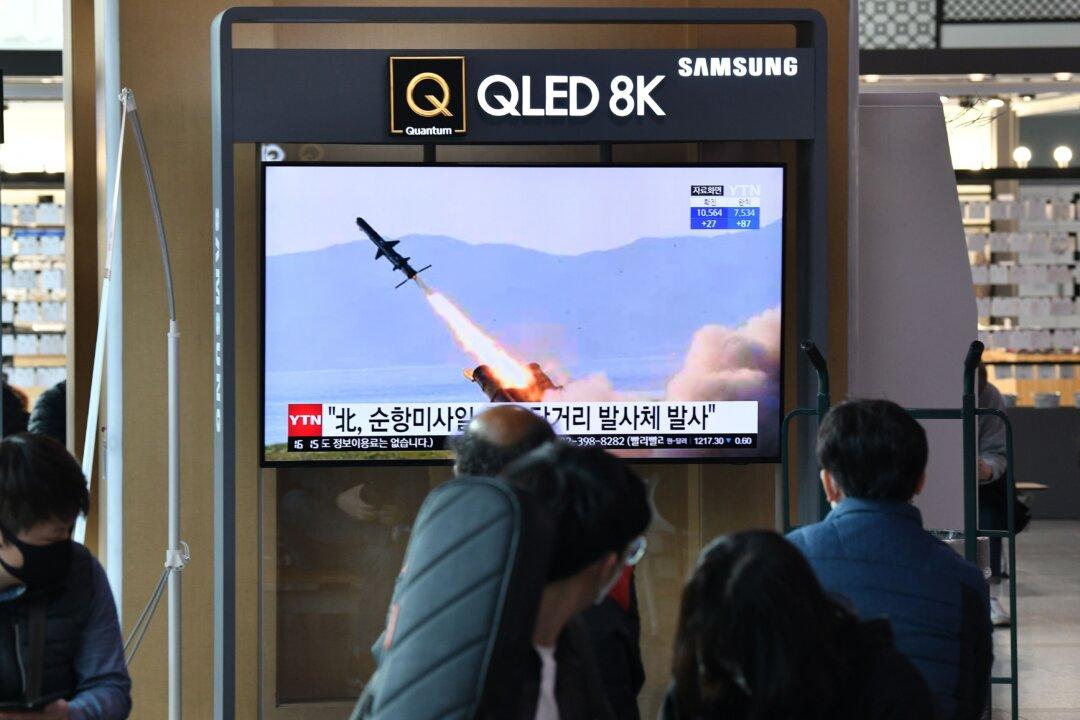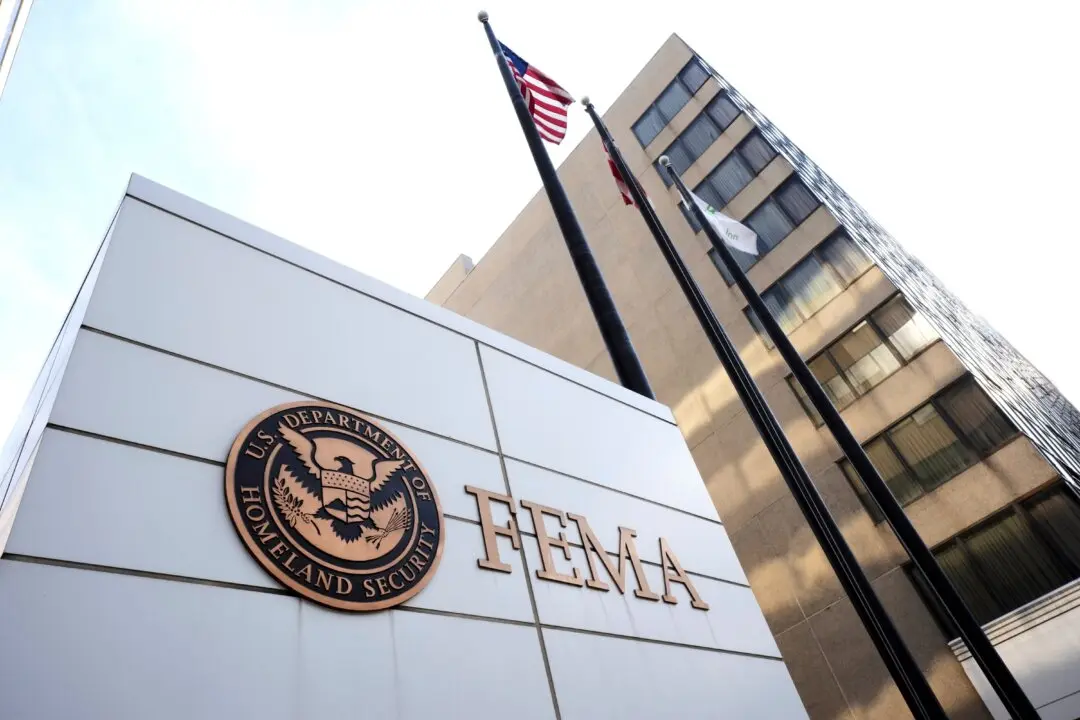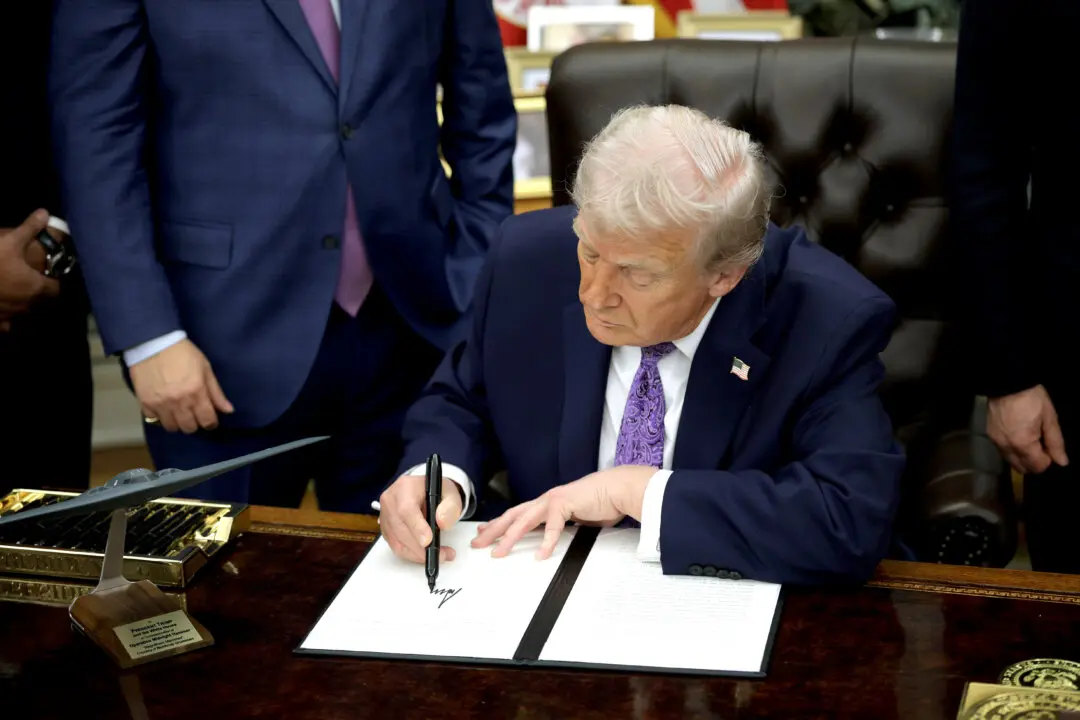North Korea test-fired four strategic cruise missiles on Thursday in a show of its nuclear combat force, its state media said on Friday, as South Korea and the United States began tabletop exercises this week.
The launching drill, which involved four “Hwasal-2” strategic cruise missiles, was held in the vicinity of Kim Chaek City, North Hamgyong province, state media Korean Central News Agency (KCNA) reported.





